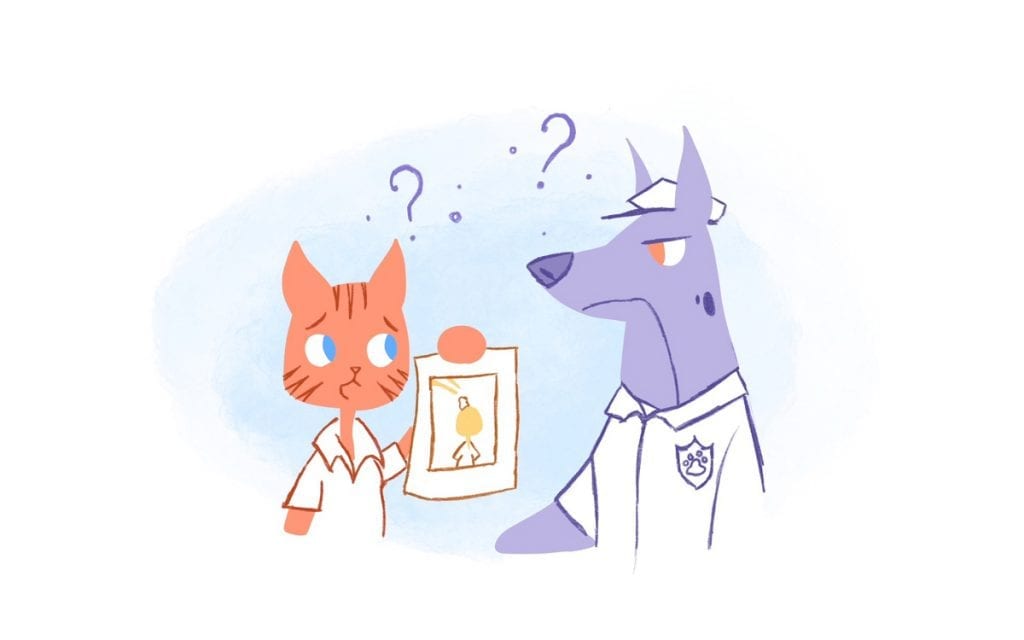

Continuing the conversation about in-person conferences vs. remote meetings. How are some completely useless while other meetings are so meaningful? Let’s take a look at how you can get more out of these remote meetings.
TURN TOWARD the conference camera.
You have a captive audience when giving a presentation at a live conference. In a virtual meeting, you must look at the camera rather than the screen. Adjusting to this change may have taken some time. Now you have more people back at the office and more divided — you will want to be attentive, looking from your live audience — then back at the camera. If you look at your screen — you will appear to be addressing nobody due to the camera angle. Whether you have only one other participant that is still working from home — keep assuming the audience is the camera.
When it comes to notes, you can be reading from a note in your hands or a computer screen. However, try to keep your eyes on the camera whenever you raise your head. Speaking without notes and having most of your content memorized are absolute requirements for professionalism; don’t let cameras and notes divert your attention. Another nasty habit is touching your face while looking into the camera.
Using fewer keyboards
When people use their keyboards in a video conference to take notes or perform other tasks, it doesn’t look good. To generate more ideas during meetings, it’s best if everyone pays close attention and is psychologically present. A challenge can be your keyboard. Other team members could be irritated by your fingers tapping on the keyboard. One of the founding concepts to meetings is to use the keyboard less. Whenever necessary, use a quiet keyboard when taking notes or minutes at a meeting — and only type if absolutely necessary.
Even better, during a video conversation, record the meeting and send out the notes later. You can record a video conference screen using any top virtual conferencing program. Be sure to ask permission beforehand though, as the host of an extremely private video conference may forbid recording.
Minimize conference movement
You might believe that since you can’t see the other players, your motions are meaningless. However, it is crucial to keep all of your body motions at a minimum. Several meanings can be conveyed nonverbally. It is important to move as little of your body as possible. Other players will be irritated and distracted if you sway from side to side. Don’t. A similar sign of discomfort or weariness during your meetings is to shift in your seat frequently.
Take a minute to relax
This is not only for the meeting hosts. In any conference, breaks should be kept to a minimum but still provide enough time for a relaxing break. However, if you are conducting a protracted conference, this is essential to have a long break and to provide food. A five-hour live or virtual meeting without breaks would not be enjoyable. Your attendees will appreciate the opportunity to use the restroom, eat, unwind, or simply leave the event for a short while. Keep in mind that exercise enhances cognitive well-being.
What time of day is ideal for a conference break, though? The length of meetings and breaks should be considered when creating your conference schedule. A meeting should last 52 minutes with a 17-minute break, according to Rule 52 and 17. Thus, participant productivity is increased. You could change the timing. A meeting can be scheduled for 50 minutes with a 20-minute break, making it 70 minutes in total. Those are the rules — but in our company — we have most of our meetings at 30 minutes with no breaks, which works well for us.
Avoid eating
Don’t eat in front of the camera. Avoiding eating close to a computer is one of the computer usage rules to prevent crumbs from getting lodged between the keys. Eating during a conference, whether it is virtual or not, can be seen as unprofessional. Try to conduct yourself as if you were meeting in person. Particularly at a small conference, eating can be a big distraction.
Before leaving the conference, let folks know.
By pressing the exit button, you can leave the conference whenever you choose. You should not, however, ghost your participants. The host may invite you to speak or make a presentation. If they know you have left, they can exclude you from the conversation and choose another person to take on the duties.
There may be unforeseen circumstances that compel you to leave the meeting. However, you should inform someone. An excellent choice is to send a chat message. Be as polite as you can and provide a justification for your departure. Simply close the video conference window in this situation and open it again when you get back.
Protect important info.
When presenting at the conference, you’ll likely need to share your screen with other participants. Unrelated files may be present on your computer. It’s unprofessional to share your screen with offensive material or unrelated material. The reputation of your business may be harmed by inappropriate content. Ensure only the stuff you want other meeting attendees to see is visible when you share your screen. Also, keep privacy in mind, and don’t have client information out on your screen.
Before starting a video conversation, close any unneeded browser tabs and applications. Results from auto-complete could be embarrassing if you’re sharing your entire desktop. Open a different browser tab and make arrangements in advance to protect sensitive information. Instead of sharing your full desktop, it is best to share one screen or program. This gives you more power to influence how your audience views your content. Everything should revolve around you and your main message — nothing else.
End professionally
You should reasonably wrap up your online meeting in a professional manner. One of the more palatable ways to accomplish this is through a closing round, as promoted by Twitter and Medium co-founder Ev Williams. The idea of a concluding round is fundamental. You only request closing remarks on the subjects covered during the conference. This can be completed in 30 seconds or less. Everyone has the opportunity to give their a few-second question or complaint at the final round. As the host, you need say nothing — and it will show that you value other points of view as a host.
You can then take one minute to highlight the key takeaways from the conference as the host — but don’t beat any point to death. Ideally, you should prepare your closing remarks in advance.
Finally, as the conference’s host, you should depart last because you might end the broadcast by yourself. It may be viewed as rude to end a video call while someone else is still on it. Please give a cheery farewell so others are left with a good feeling.
Image Credit: Photo by Katerina Bolovtsova; Pexels; Thank you!











Max Palmer
I'm Max, and I love helping businesses we work with expand their businesses online. Growth potential is what we strive for! I help with press, productivity and overall business needs for business owners.